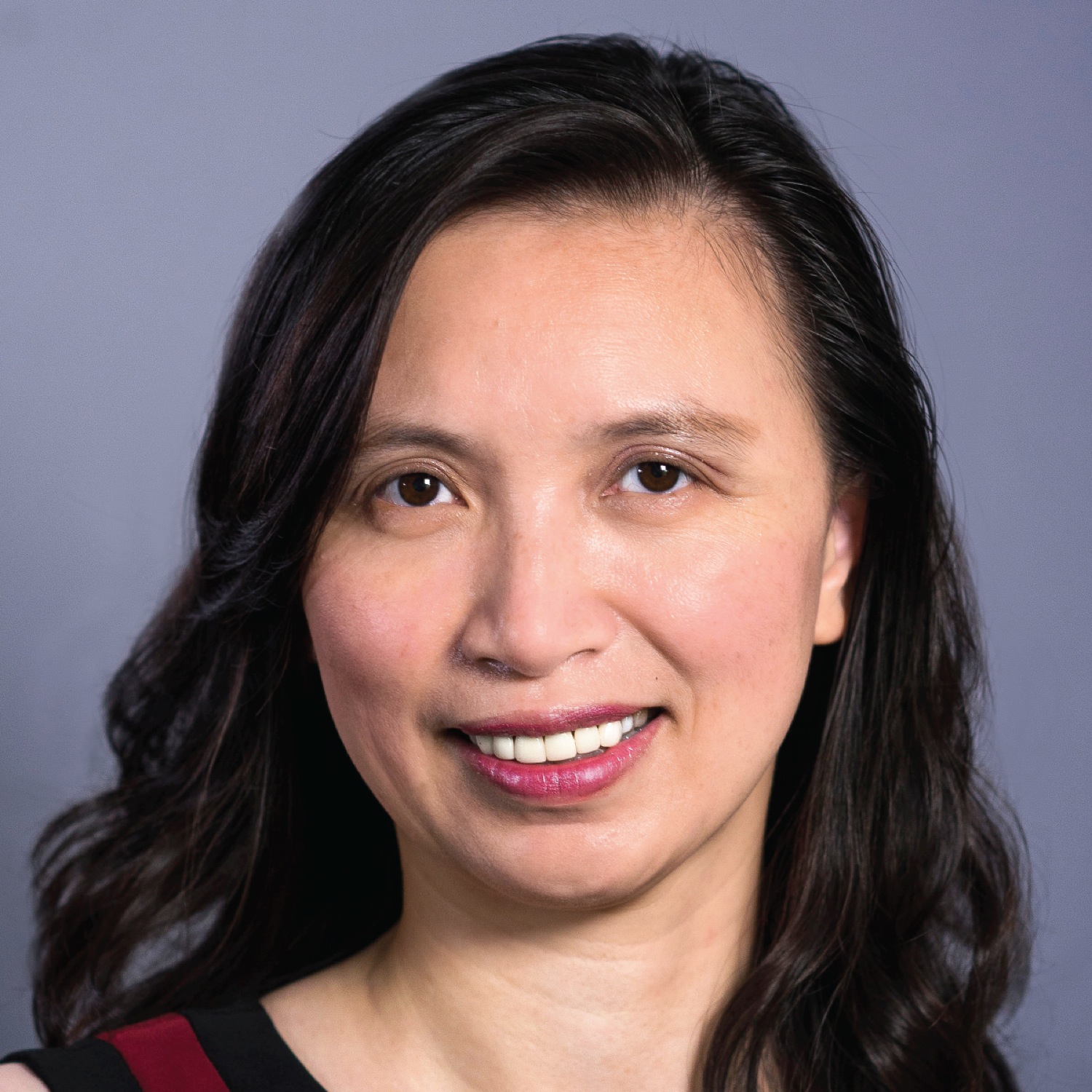New Funding Opportunity on Biomarkers for Myofascial Pain
November 17, 2021
The National Institutes of Health (NIH) Helping to End Addiction Long-term Initiative®, or NIH HEAL Initiative®, has a new funding opportunity—HEAL Initiative: Developing Quantitative Imaging and Other Relevant Biomarkers of Myofascial Tissues for Clinical Pain Management (R61/R33, Clinical Trial Required) (RFA-AT-22-003). This new initiative will support research on the development of biomarkers for myofascial pain and the assessment of those biomarkers in human study participants. The application deadline is February 11, 2022.
This funding opportunity uses a two-phase (R61/R33) award mechanism, with biomarker development in the first phase and a clinical trial in the second phase. Bringing together a team that combines knowledge of myofascial pain with expertise in technology development (for the first phase) and in the design, conduct, and analysis of clinical trials (for the second phase) will be essential for a successful project.
A Lack of Biomarkers Has Hampered Understanding of Myofascial Pain
Myofascial pain (pain originating from muscles and/or associated soft tissues such as fascia) is likely an important component of many pain conditions. However, due to a lack of methods to objectively evaluate myofascial tissues, no biomarkers have been available to study myofascial tissue pathophysiology or to evaluate the effects of treatments. The research that will be supported by this funding opportunity will fill important gaps in knowledge and contribute to advancing research on myofascial tissues and their role in pain.
At the 2020 NIH HEAL Initiative workshop “Quantitative Evaluation of Myofascial Tissues: Potential Impact for Musculoskeletal Pain Research,” experts discussed current hypotheses on the pathophysiology underlying myofascial pain and outlined some specific technologies that could be harnessed for the development of quantitative predictive biomarkers. Video recordings of the first and second days of the workshop, a brief executive summary, and a detailed summary of the workshop are available on the National Center for Complementary and Integrative Health (NCCIH) website. You may find these resources helpful as you prepare your application.
Key Details of the Funding Opportunity
This funding opportunity has specific requirements for the first (R61) and second (R33) phases. Key details include the following:
- The combined R61 and R33 phases should not exceed 5 years.
- The primary objective of the R61 phase is to identify and develop quantitative measures that can differentiate abnormal myofascial tissue in latent versus active myofascial pain stages from healthy tissue. In addition, the R61 phase should include planning activities for the R33 phase.
- Noninvasive or minimally invasive methods and biomarkers are preferred.
- The R33 phase must test the ability of the quantitative measures developed in the R61 phase to monitor responses and predict outcomes in a clinical trial involving one or more of the following types of therapies for myofascial pain:
- Physical force-based manipulations, such as manual therapies and stretching-based physical activities
- Dry needling or acupuncture
- Thermotherapies
- Local chemical-based injection therapies
- Several pain conditions are potentially suitable for study, including but not limited to chronic low-back pain; shoulder, neck, arm, leg, or pelvic pain; temporomandibular disorders; headache; and sickle cell disease pain.
- Transition from the R61 to the R33 phase will be administratively reviewed and will be determined based on successful completion of “transition milestones” that must be clearly specified in the R61 phase application.
NCCIH and the National Institute of Biomedical Imaging and Bioengineering (NIBIB) are co-leading this initiative, in partnership with seven other NIH Institutes, Centers, and Offices (ICOs). I would like to thank Dr. Guo Ying Liu of NIBIB, whose partnership and expertise have been invaluable during the development of this funding opportunity.
Please Join Us at Our Webinar and Networking Session
We have scheduled two virtual events at which you can learn more about this initiative and get information to help you plan your application.
- On December 2, from 3 to 4 p.m. ET, we will hold an informational webinar. During the webinar, we will present an overview of the initiative, provide guidance on the application preparation process, and address your questions. During registration, you will be asked to indicate your areas of expertise, what additional areas of expertise you are looking for on your team, and whether you are willing to share your email address and areas of expertise with other registrants. We’re asking for this information to better facilitate potential team-building interactions during our second event on January 6. Register for the webinar.
- On January 6, from 3 to 4 p.m. ET, we will hold a virtual researchers’ networking session, which will provide an interactive, team-building experience for potential applicants. You will have the chance to have facilitated conversations with HEAL program officials and topic experts related to technical requirements of the R33 phase. Register for the networking session.
Both events are optional and not required for application submission.
If you have questions, please contact me at chenw@mail.nih.gov, Dr. Liu at liug@mail.nih.gov, or one of the other scientific contacts listed in the funding opportunity announcement. It’s best to reach out early to discuss your potential project and how it aligns with the overall goals of this initiative. We look forward to hearing from you and receiving your application.

Comments
Comments are now closed for this post.